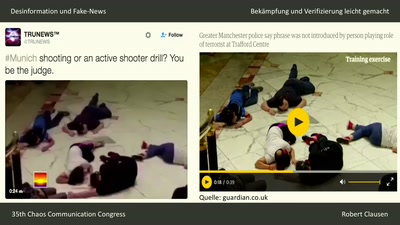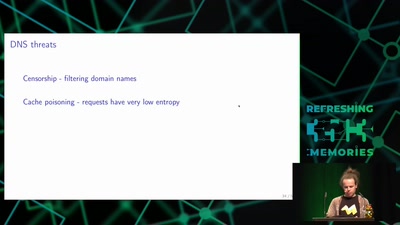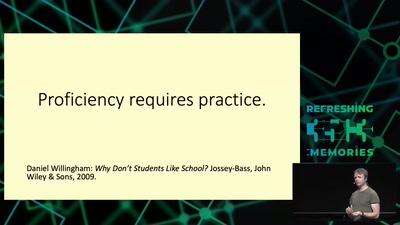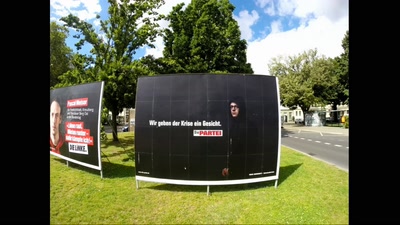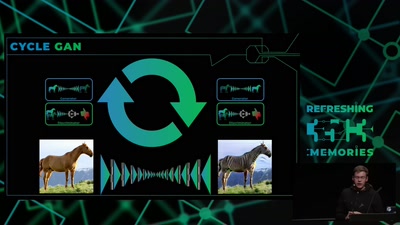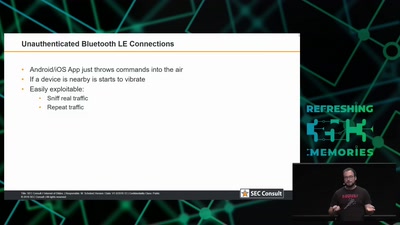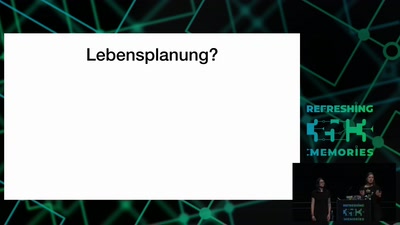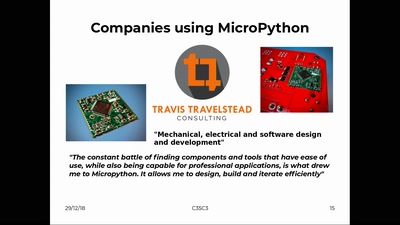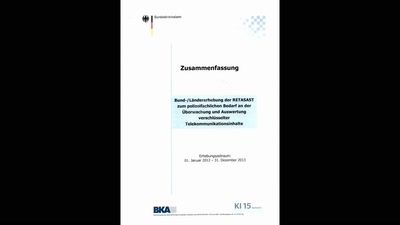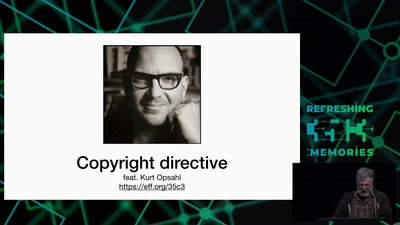A Web Page in Three Acts is a live coding performance which combines principles of choreography within the formal structures of coding. An assemblage of semi-improvised visuals and composition experiments in web environments. The screen becomes an open stage for the hybrid code which links choreography and web programming as well as body and language.
For the series ‘WebPage Act I, II, III’, Joana Chicau created a specific grammar or vocabulary that links choreographic concepts from post-modern dance with web-coding functions.
This technique follows the concept of esoteric programming languages, also called esolang, used when writing so ware, integrating a new grammar into an existing one. Although an esolang doesn’t have a proper functionality, it is used in combination with other programming languages to explore alternative ways of composing and writing code. Chicau started using esoteric programming languages as an a empt to overcome the abstractness of algorithmic code, and simultaneously as a way to develop my own design language, which derives from choreographic concepts.
The performance starts with a standard webpage, followed by the opening of the web console. The screen is now divided in two stages: the ‘frontstage’, the interface a user normally accesses and the ‘backstage’ or the web console in which programming languages can be ran. In the web console Chicau is calling, juxtaposing and manipulating different functions from a glossary of code, while simultaneously displaying the varied outcomes of graphic elements in the screen. These functions are named a er choreographic concepts, which are assigned to specific web actions. While the computer interprets the code, the audience will be interpreting and start wondering about the relation between the ‘choreographic vocabulary’ within the code and its immediate outcome.
The screen becomes an open stage, providing the audience the access to the methodology and the tools used during the performance. The performative aspect of the act of coding is a way to make more transparent the process of composition and to enhance the nuances and transient character of coding.
As in choreography, web-design also deals with space, time and movement qualities. It has been defining ways of moving, collectively or individually, through fluid nonetheless complex landscapes of information displays, networked spaces, and multi- media environments. The performance being presented and the notion of ‘choreographic coding’ is a technical as much as social, cultural and aesthetic experiment constantly being expanded.
Program Code
The flexibility of code allows for a combination of possibilities, not only for the live performance se ing, but also for the use of the code itself by other designers, just as in any choreography that can be re-interpreted, re-created and adapted. The code serves as a generative tool for new possible outcomes in the creation of graphics for interfaces and a way of playing with the choreographic logic. Therefore, this method promotes disciplinary openness, by sharing ideologies and methodologies and questioning structures of collaboration and of intellectual property.
The documentation is delivered in an open-ended format, following Free/Libre Open Source (Floss) models/ philosophies. The source code for the project is available on: github.com/JoBCB
Download
Video
These files contain multiple languages.
This Talk was translated into multiple languages. The files available for download contain all languages as separate audio-tracks. Most desktop video players allow you to choose between them.
Please look for "audio tracks" in your desktop video player.

